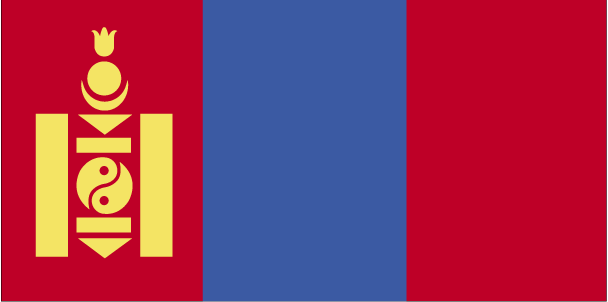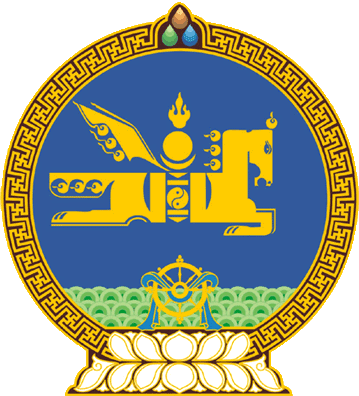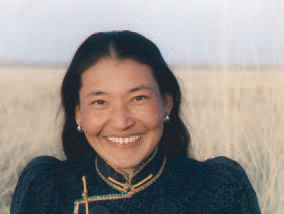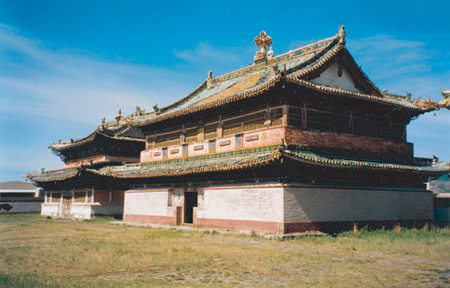 Description
Description 
 | We shall leave Beijing on board the Trans-Siberian Railway, which crosses the Gobi Desert from the capital of the People's Republic of China until the capital of Mongolia. The journey on the legendary train - 300 meters long, and which, just as the ancient caravans along the Silk Road, is shared by Russians, Mongols, Chinese and curious travelers-, lasts over 36 hours. Once we have reached Ulán Bator, we shall buy the motorcycles that will carry us for the rest of the voyage that will last between 45 and 60 days during the months of July and August 2011 –the Mongolian summer-. We will ride over 6,000 Km in bike. |
 Meeting nomads in the Southern Gobi
Meeting nomads in the Southern Gobi 
 The objective of the voyage is the Southern Gobi and the golden mountains of Altay, where we shall coexist with the nomads in their domestic environment, sharing their habits and routines, challenging the geography and climate with the same means available to them. As we share the experiences with the families and at par with their animistic philosophy, we shall visit the fossil deposits and prehistoric sites of Bayanzág. |
 The trail of Genghis Khan
The trail of Genghis Khan 
| Discovering the imprint left by the Empire of Genghis Khan and his progeny, we shall visit Karakorum. In the ancient capital of the Empire – one of UNESCO'S World Heritage cities- is located the Erdene Zuu Monastery, the first Tibetan Buddhist temple built towards the end of the sixteenth century. The first days of the journey coincide with the celebration of the Naadam Festival, the most relevant cultural, social and sporting event of Mongolia. The origins of this athletic competition go back to the times of Genghis Khan. It is composed of four tournaments: archery, wrestling, horse racing and jacks. We will witness the Festival in small towns since, due to a lesser touristic affluence, in them these ancestral traditions are preserved in a more authentic and lively fashion. We finish the journey returning to Ulán Bator, and from there, aboard the Trans-Siberian, travelling to Beijing. |  |